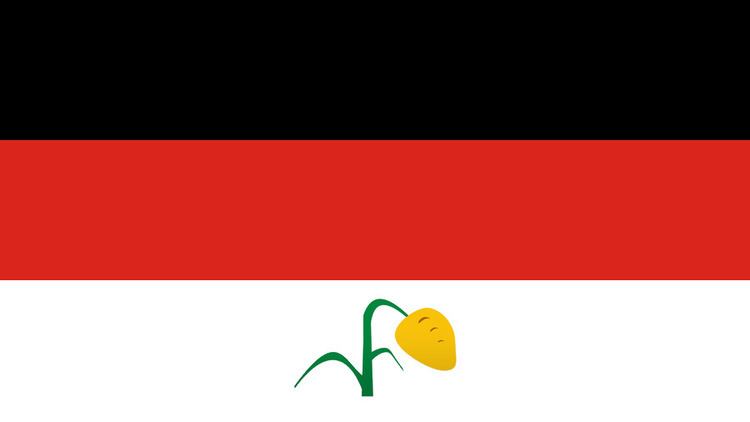 | ||
The Kunama are a Nilotic ethnic inhabiting Eritrea and Ethiopia. Although they are one of the smallest populations in Eritrea, constituting only 2% of the population, 80% of Kunama live in the country. Most of the estimated 100,000 Kunama live in the remote and isolated area between the Gash and Setit rivers near the border with Ethiopia. The Ethiopian-Eritrean War (1998–2000) forced some 4,000 Kunama to flee their homes to Ethiopia. As refugees they reside in the tense area just over the border with Eritrea and in proximity to the contested border village of Badme. In the 2007 Ethiopian census, however, the number of Kunama in Tigray has dropped to 2,976 as the remaining 2,000 or so members of this ethnic group have migrated into the other Regions of Ethiopia.
Contents
Demographics
The Kunama speak the Kunama language. It belongs to the Nilo-Saharan family, and is closely related to the Nara language. Although some Kunama still practice traditional beliefs, most have adopted Christianity and Islam [1]. The fertile plains of the Gash-Setit, also known as the Gash-Barka, region where the Kunama live are sometimes referred to as the "breadbasket of Eritrea". Formerly nomadic, today they are farmers and pastoralists. Historically, the Kunama have been dominated by other ethnic groups and they are often forced from their traditional lands. The official policy of the Government of Eritrea is that all land is state property and the Government encourages large commercial farms.
Media
Award-winning documentary film Home Across Lands chronicles the journey of newly arrived Kunama refugees as they strive to become self-reliant, invested participants in their new home. Guiding their transition is the resettlement agency, International Institute of Rhode Island, that connects them to the resources they need as they work to establish a new community and better life for their families.
Genetics
Analysis of classic genetic markers and DNA polymorphisms by Excoffier et al. (1987) found that the Kunama are most closely related to the Sara people of Chad. Both populations speak languages from the Nilo-Saharan family. They are also similar to West African populations, but biologically not that distinct from the surrounding Cushitic and Ethiopian Semitic Afro-Asiatic-speaking groups.
According to Trombetta et al. (2015), around 65% of Kunama are carriers of the E1b1b paternal haplogroup. Of these, 20% bear the V32 subclade, to which belong 60% of the Tigre Semitic speakers in Eritrea. This points to substantial gene flow from neighbouring Afro-Asiatic-speaking males into the Kunama's ancestral Nilotic community. Cruciani et al. (2010) observed that the remaining Kunama individuals are primarily carriers of the A (10%) and B (15%) lineages, which are instead common among Nilotes.
